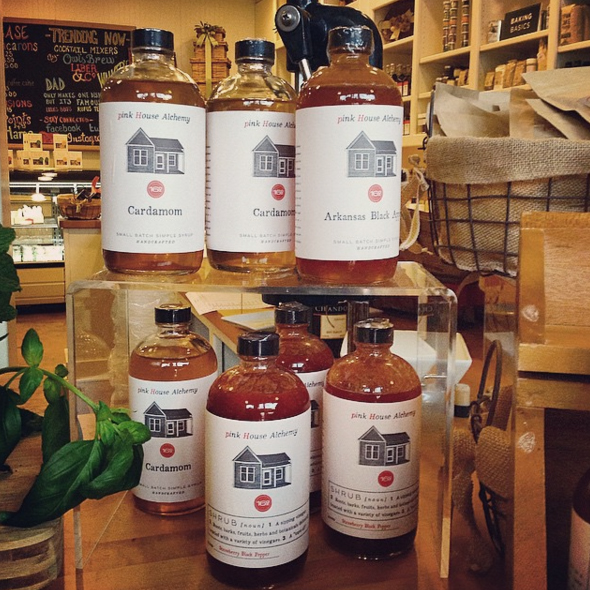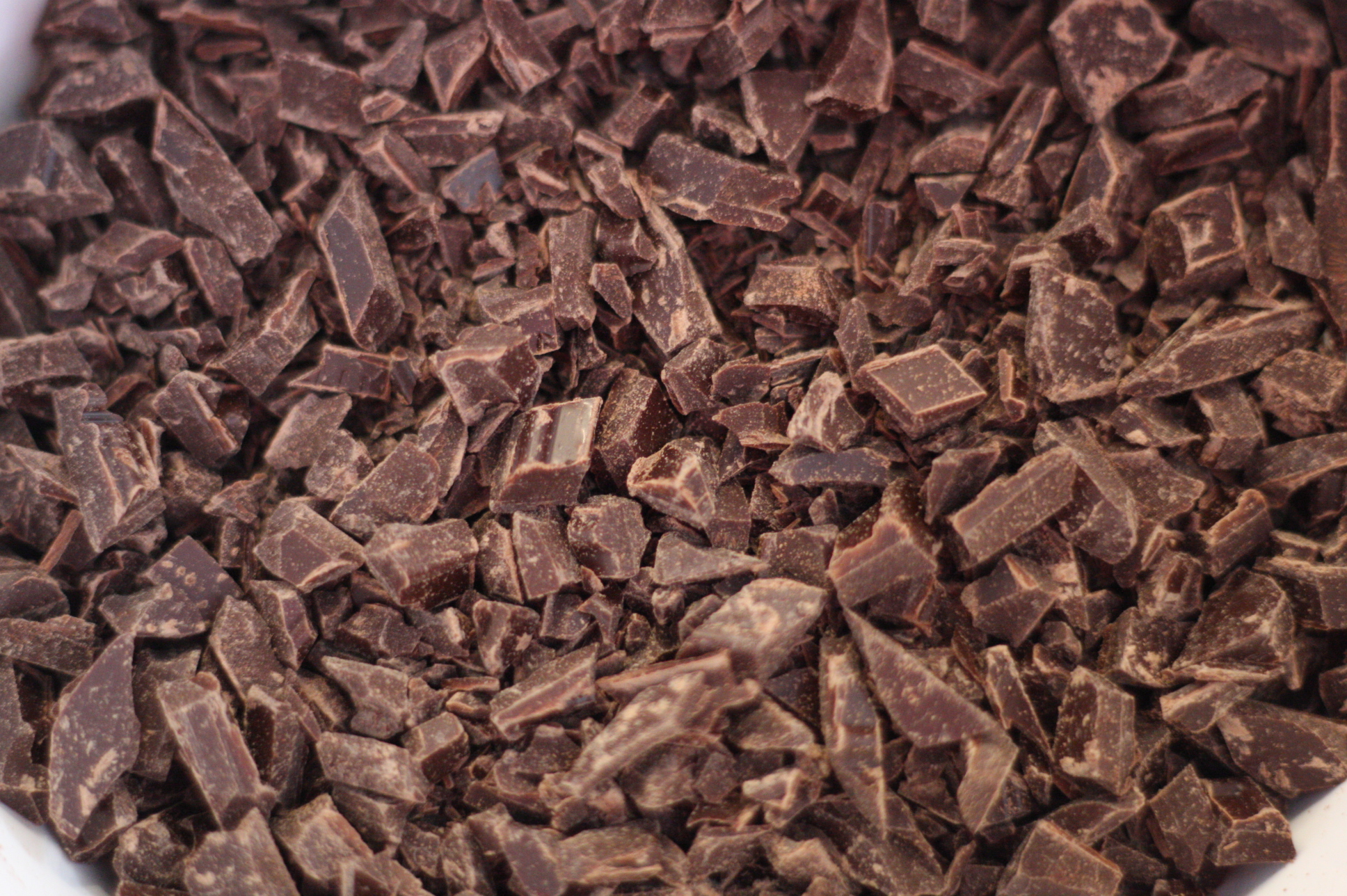The first time I heard the word sarsaparilla, it filled my grandfather’s mouth with such funny sounds I thought it was surely a joke. But of course it was real—what I came to know as a soda drink that tasted a bit like a root beer or Dr. Pepper, only not so sweet. Vague and malleable as memories are, I don’t know whether we had our first sarsaparilla together at the Majestic Hotel soda fountain in downtown Hot Springs—just a couple of blocks from where The Savory Pantry now stands—or whether I’ve blended memories, but that fountain is where I can still sit next to him when I want to recapture childhood. And my childhood with him was full of fanciful notions turned bona fide amazements like sarsaparilla.
Soda Fountain at The Majestic Hotel, Hot Springs, AR where my grandfather used to take me for soda and ice cream treats (circa 1980s, I suspect, judging by the theatrical hair and the Dexters on the kid closest to the camera). Courtesy Garland County Historical Society.
I’ve since learned that what I thought of in the 80s as the “old fashioned soda fountain” must have felt like a comfortable part of the neighborhood for my grandfather, a hometown doctor now fifteen years deceased. It played that role for countless others who visited it for both social and medicinal purposes. According to NPR’s Morning Edition contributor Darcy O'Neil (author of Fix the Pumps, a history of the golden age of soda fountains), there was a soda counter in nearly every American city in 1875, when it was not unlike a local saloon. The soda fountain often sat opposite the pharmacy, so that the medicines it dispensed could be disguised in various sodas and elixirs (many of which were touted as having their own health benefits).
In those soda fountains, sarsaparilla was imbibed as a treatment for everything from rheumatism to skin care, impotence to syphilis. The vine, native to Mexico, the Caribbean, and Central and South America, is harvested for its root, which is then ground. Wondering how to pronounce it? There’s debate between sass and sars—consider the stances of Merriam-Webster , "The Herb Guy" (this video also demonstrates how to identify sarsaparilla plants in the wild), Emma Saying, and others.
Sarsaparilla long fell into disuse and out of the American lexicon, but is now experiencing a rebirth. Makers like Pink House Alchemy are helping bring it back to our bars, tables, and mouths, and its flavor adds an element of interest and complexity to all kinds of recipes. I'm glad for the role that rebirth has played in encouraging me to grow closer to my grandfather once again as I dash it on my food and in my drink today.
TWO-INGREDIENT BANANA SARSAPARILLA FRO-YO
- 4 Ripe Bananas, Frozen
- 8-10 Dashes Pink House Alchemy Sarsaparilla Bitters
DIRECTIONS
Two ingredients? Yep! That’s it. This recipe is super easy, but requires some forethought as banana slices must freeze overnight. Peel bananas. Cut in slices. Arrange on two plates and place in freezer overnight.
Next day: remove plates from freezer. Slices may have to sit out for a minute (unless you want to attack them with a fork like I did) as they’ll be stuck to the plate. Place slices in blender or food processor. Add 8-10 dashes of Pink House Alchemy Sarsaparilla Bitters.
Blend until smooth.
Note that you may have to add a bit of water, depending on your machine. Once blended, taste to make sure you like the amount of bitters used, and add more if preferred. Serve immediately. Makes fro-yo for 3-4.
Alternatives: Stir in chopped nuts after blending. Skip bitters and add peanut butter or fold in berries after blending.
A Note from Erin: “I wanted to reminisce about the Majestic Soda Fountain, but with an eye toward clean eating. Grandpa loved frozen grapes, so I thought this creamy banana offering would be right up his alley. I used my kitchen staple—a Vitamix—which did an incredible job.” Erin writes, edits, and joyfully flits about her kitchen for The Savory Pantry.
CHERRY SARSAPARILLA COOLER
- 2 Ounces Cherry Liqueur
- 4 Ounces Sparkling Water or Club Soda
- 4 Dashes Pink House Alchemy Sarsaparilla Bitters
- 1-2 Woodford Reserve Bourbon Cherries
DIRECTIONS
Choose a double old fashioned glass and fill with ice. Pour in cherry liqueur and dash in Sarsaparilla Bitters. Pour sparkling water or soda to desired level. Stir. Garnish with Woodford Reserve Bourbon Cherries. Sit down, kick your feet up, and enjoy!
A Note from Erin: "This definitely has a whiskey flavor, so probably not for you if that doesn't sound appetizing!"


















